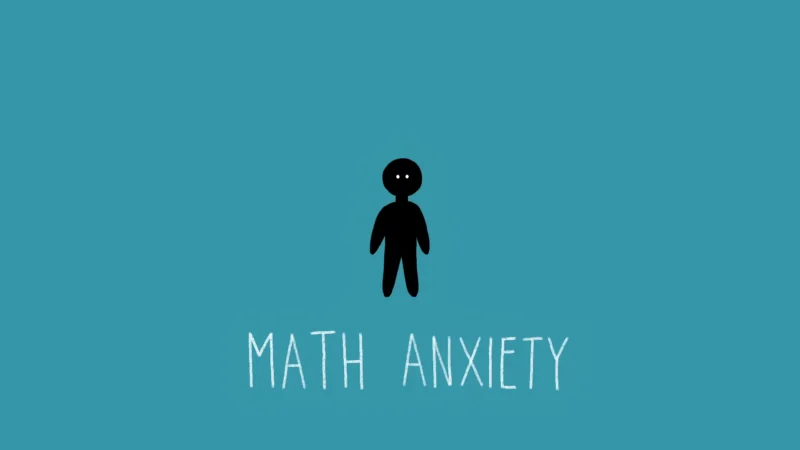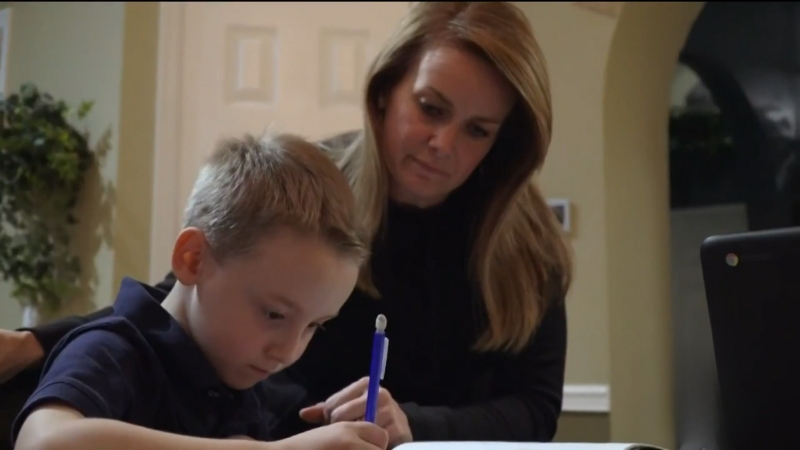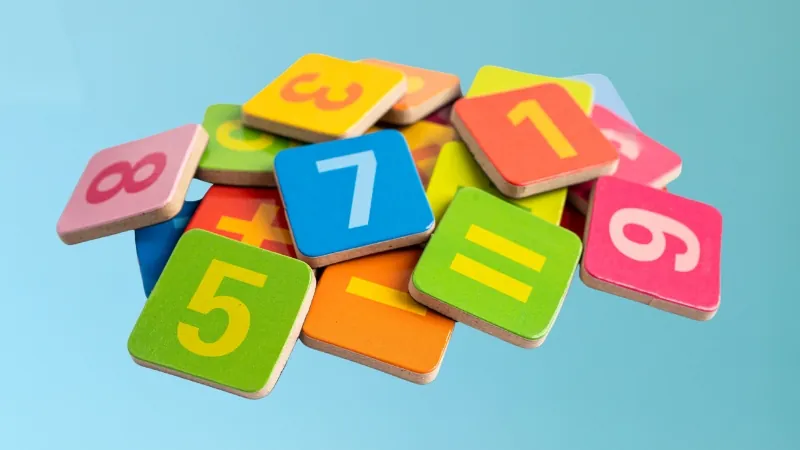
Share Post:
Kids, do numbers or tests ever make your hands sweaty or your heart race?
Parents, do you hear “I hate math!” when homework hits?
That’s math anxiety—a nervous, panicky feeling that makes math feel tough, even if you’re not “bad” at it
No drills, no stress—just cool tips like games, high-fives, and real-life number wins.
Ready to make math easy and awesome together? Let’s jump in!
Table of Contents
ToggleTip 1: Make Math a Game, Not a Chore
Kids love games—so why not sneak math into playtime? Turning numbers into fun activities takes the pressure off and helps them see math as something enjoyable.
Example
Quick Table: Math Games by Age
Age Group
Game Idea
Math Skill Practiced
5-8
Play Store
Addition, Subtraction
9-12
Math Scavenger Hunt
Multiplication, Measurement
12+
Budget a Fun Day Out
Percentages, Budgeting
Tip 2: Celebrate Small Wins (Yes, Even the Tiny Ones!)
Kids with math anxiety often feel like they’re failing, even when they’re not. Pointing out what they do get right builds their confidence brick by brick.
Example
Try This
Keep a “Math Wins” jar. Every time your child gets something right (even if it’s just counting change at the store), toss a marble or a candy in the jar. When it’s full, celebrate with a treat—like ice cream or a movie night.
Tip 3: Talk About Math Like It’s No Big Deal

If you groan, roll your eyes, or mutter something like, “Oh, I was awful at math too,” they’re going to pick up on that dread. They might even start thinking, “Well, if Mom or Dad couldn’t do it, maybe it’s fine for me to give up too.”
Your words and attitude shape their math mindset more than you might realize! The good news? You can flip the script by keeping things casual, upbeat, and no pressure. Even if math secretly makes you want to hide under a blanket, you can fake that confidence until it becomes real—for both of you.
Examples to Try
Chill Way: “Fractions? Oh, they’re just like slicing up a pizza! Picture this: we’ve got a pizza cut into 8 equal pieces, and we eat 3 of them. How many slices are left? See, it’s just 8 minus 3—that’s 5! Easy, right?”
Chill Way: “Division is like sharing candy with your friends. If you’ve got 12 pieces and 3 buddies, how many does each person get? Let’s split it up—it’s 4 each! You’re basically a candy hero now.”
The trick here is to tie math to something familiar and fun—pizza, candy, whatever works! By acting like it’s no big deal, you’re sending the message that math isn’t some scary beast to battle; it’s just a tool we use every day.
And don’t worry if you’re not a math whiz yourself—your kid doesn’t need a perfect teacher, just a calm cheerleader. Over time, your laid-back attitude will rub off, and they’ll start to see math as less of a threat and more of a puzzle they can handle.
Pro Tip
Next time your child brings home a math worksheet, resist the urge to sigh or tense up. Instead, grab a snack, sit down together, and say, “Let’s check this out—it’s like a little brain game!”
Even if you’re sweating inside, your cool-headed approach will help them relax and give it a shot. Fake it ‘til they make it, and who knows? You might even start to enjoy those pizza fractions yourself!
Tip 4: Use Real-Life Math to Show It Matters
Kids often wonder, “Why do I even need this?” Showing them how math pops up in everyday life makes it feel useful, not pointless.
Example Scenarios
Big math problems can feel like a giant wall crashing down on a kid, especially if they’re already nervous about numbers. When your child sees something like “342 + 578” or a word problem with a million steps, their brain might scream, “Nope, too much!” That’s where you come in as their trusty guide. Instead of letting them tackle the whole thing at once (and risk a meltdown), break it into tiny, manageable bites. Small steps don’t just make math less scary—they turn it into a game where your kid gets to play detective, piecing together clues until they crack the case. It’s less overwhelming, more fun, and builds confidence one little win at a time. Let’s say the problem is: “Solve 342 + 578.” Staring at those digits all at once might make your child freeze, but here’s how you can walk them through it step by step: That pressure can turn even a simple problem like 7 × 4 into a brain-freezing nightmare. Studies show that time limits can spike math anxiety, making kids focus more on the seconds slipping away than the numbers in front of them. The fix? Take the timer out of the equation—at least for a while. Let them practice at their own pace, free from the “hurry up” stress, so they can build confidence first. Once they’re feeling good about their skills, you can sprinkle in some speed challenges as a fun twist, not a terror. Imagine your child, let’s call him Liam, clams up during a 60-second multiplication quiz at school. He knows 5 × 6 is 30, but the clock ticking makes his mind go blank. Here’s how to help at home: By starting slow, Liam gets to feel smart and in control. The timer only comes back as a game, not a judge. Let’s say your daughter, Sophie, struggles with subtraction under time pressure. She’s got a worksheet with problems like 45 – 17, but the “3 minutes left!” warning sends her into a spiral. Try this: The key is letting Sophie master the skill first, so the timer feels like a playful add-on, not a punishment. Ditching the timer gives kids breathing room to think without that “I’m failing!” panic kicking in. It’s like learning to ride a bike with training wheels—once they’re steady, you can take the wheels off and let them zoom. Plus, when you do bring back a timer, framing it as a lighthearted challenge keeps the anxiety at bay. Mix it up! Use a whiteboard, counters, or even an app with no time limits for practice. Watch for signs of stress—rushing, fidgeting, or “I don’t know” answers—and pause if needed. Say, “We’re in no hurry—this is your math, your way.” Over time, they’ll surprise you (and themselves) with how much they can do, clock or no clock. In 2025, there will be tons of cool apps and tools to make math less scary. Look for ones with bright colors, fun characters, and no judgment. Set a rule: 15 minutes of app time, then talk about what they learned. It’s like sneaking veggies into a smoothie—they won’t even mind! Math anxiety doesn’t disappear overnight, and that’s okay. Be patient with your child—and yourself. Some days, they might still say, “I can’t do this,” and that’s your cue to step in with a smile and say, “Let’s figure it out together.” You’re not just teaching them numbers; you’re showing them they’re stronger than their fears. So, grab some coins, bake a cake, or download an app, and start small. By making math a friend instead of a foe, you’ll help your child conquer their anxiety—and maybe even start to love those numbers. What’s your favorite tip from this list? Try it out this week and let us know how it goes!
Activity
Question Example
Skill Practiced
Cooking
“Double 3/4 cup—how much is that?”
Fractions
Shopping
“What’s 25% off $20?”
Percentages
Gaming
“How many 10-point items can I buy with 45 points?”
Division
Tip 5: Break It Down—Small Steps Beat Big Leaps
Example 1: Adding Big Numbers
Tip 6: Ditch the Timer (Sometimes)

Example 1: Flashcard Freedom
Example 2: Beat the Clock—Later
Why It Works
Pro Tip
Tip 7: Use Tech to Your Advantage in 2025
Top Picks
A Final Word for Parents











